We use cookies to make your experience better. Learn more.
A Pallava Treasure: A Student's Accidental Discovery
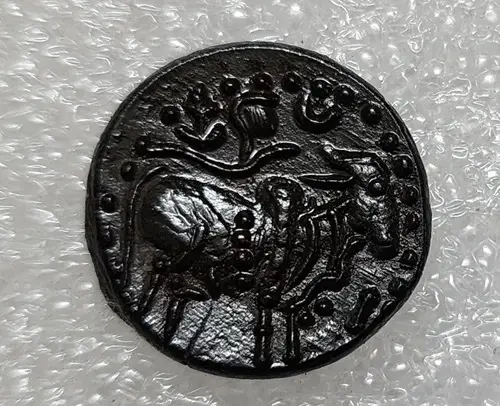
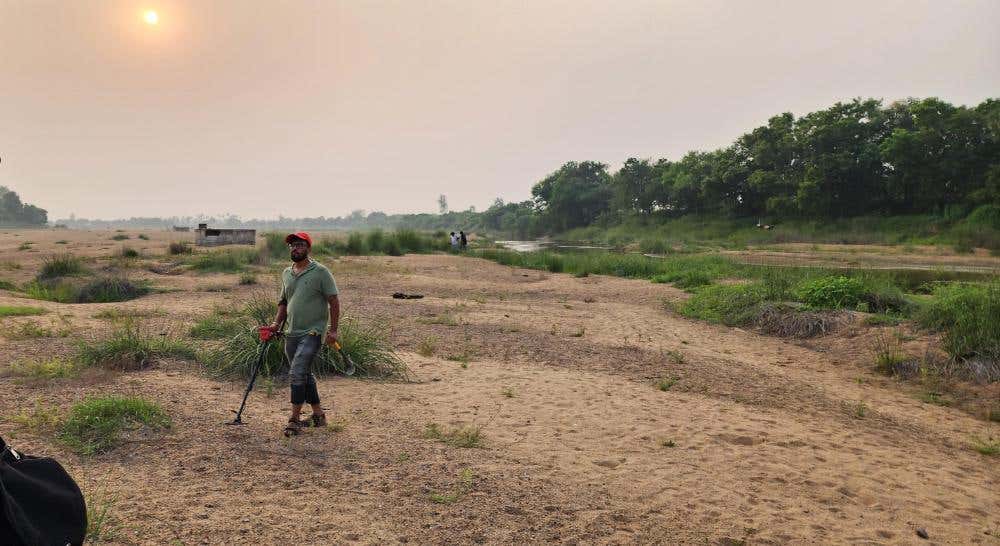
Pradeep, a final-year archaeology student at a college in Chennai, had always been captivated by history. His passion for uncovering the secrets of the past led him to join a local metal detection group three years ago. Armed with his trusty Minelab Vanquish 540 metal detector, he spent countless weekends exploring the historical landscapes of Tamil Nadu with his team, searching for relics buried beneath the earth.
One fateful Saturday morning, Pradeep and his team decided to scan the riverbeds of the Palaru River near Kanchipuram, a region renowned for its rich Pallava heritage. The team had read about the area’s historical significance and believed it might yield some interesting finds. Equipped with their detectors, they scoured the dry riverbed, scanning for faint signals amidst the shifting sands.
As the sun climbed higher, Pradeep’s Vanquish 540 gave off a strong, consistent signal. His heart raced. The sound suggested a metallic object, possibly something significant. Carefully, he began to dig, brushing away the dirt with precision and patience. A glint of metal caught his eye, and moments later, he uncovered a small, round coin covered in centuries of grime.
Excitedly, Pradeep cleaned the object with a soft brush and water. As the layers of dirt came off, intricate designs began to emerge—a majestic bull on one side and a conch on the reverse. His breath caught in his throat. This was no ordinary coin. It was a rare potin coin, dating back to the Pallava dynasty, over 1,500 years ago.


The discovery sent ripples of excitement through the team. A coin like this was a highly collectible relic, and its excellent condition added to its value. Pradeep knew the significance of his find. The bull symbolized strength and prosperity, while the conch represented divine association, both hallmark symbols of Pallava artistry and culture.
Word of the discovery spread quickly, and local historians and archaeologists joined Pradeep to study the site. The coin was authenticated as a genuine Pallava-era artifact, possibly used during the reign of Mahendravarman I or Narasimhavarman I. Further exploration of the riverbed revealed fragments of pottery and other small relics, suggesting the area might have been a bustling trade hub during ancient times.
Pradeep’s find became a landmark moment in his career. For Pradeep, the adventure reinforced his love for history and archaeology, inspiring him to continue his journey of uncovering the secrets of Tamil Nadu’s ancient past.
From that day on, Pradeep became known as the student who unearthed a piece of history, turning an ordinary weekend adventure into a lifelong legacy.



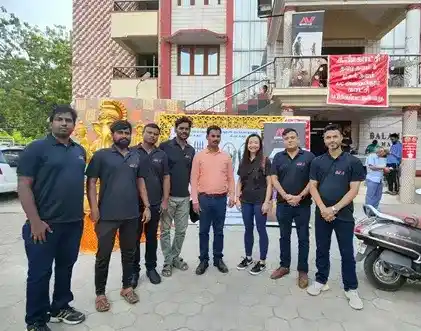
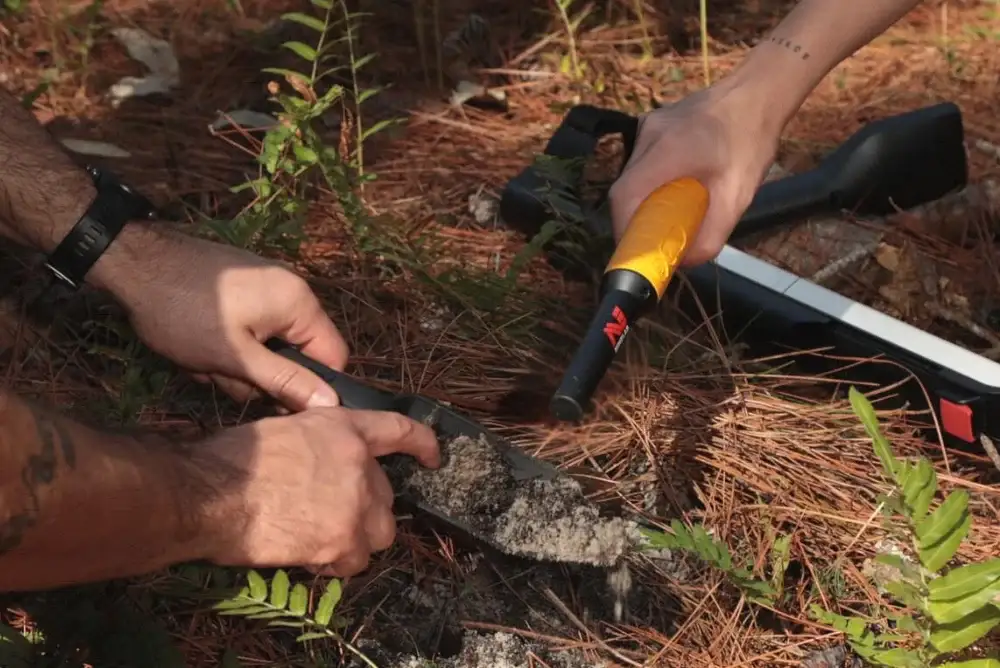
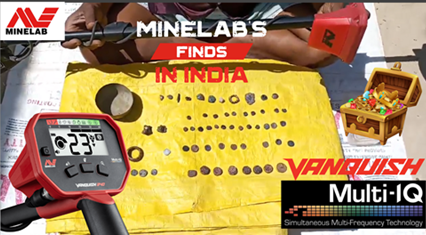
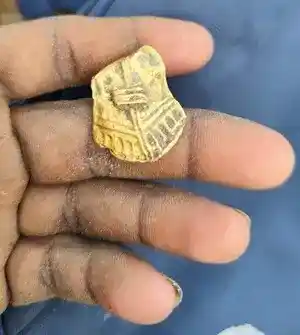
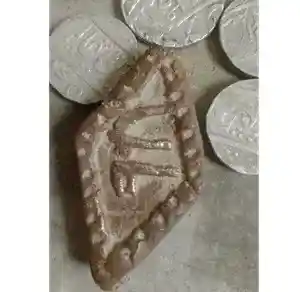
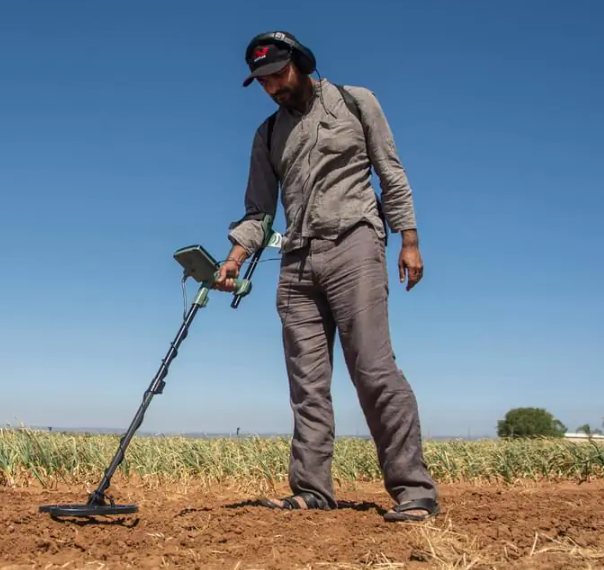

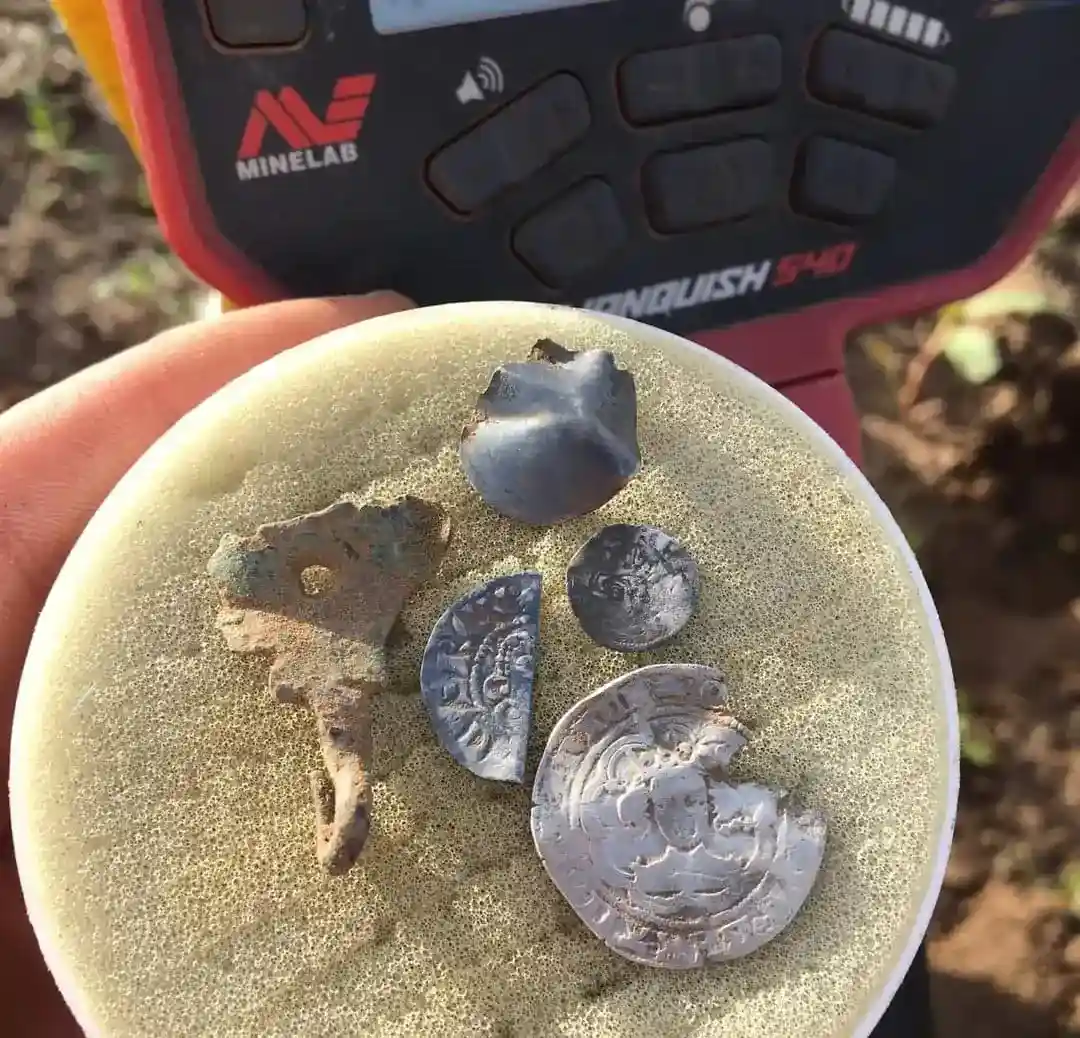

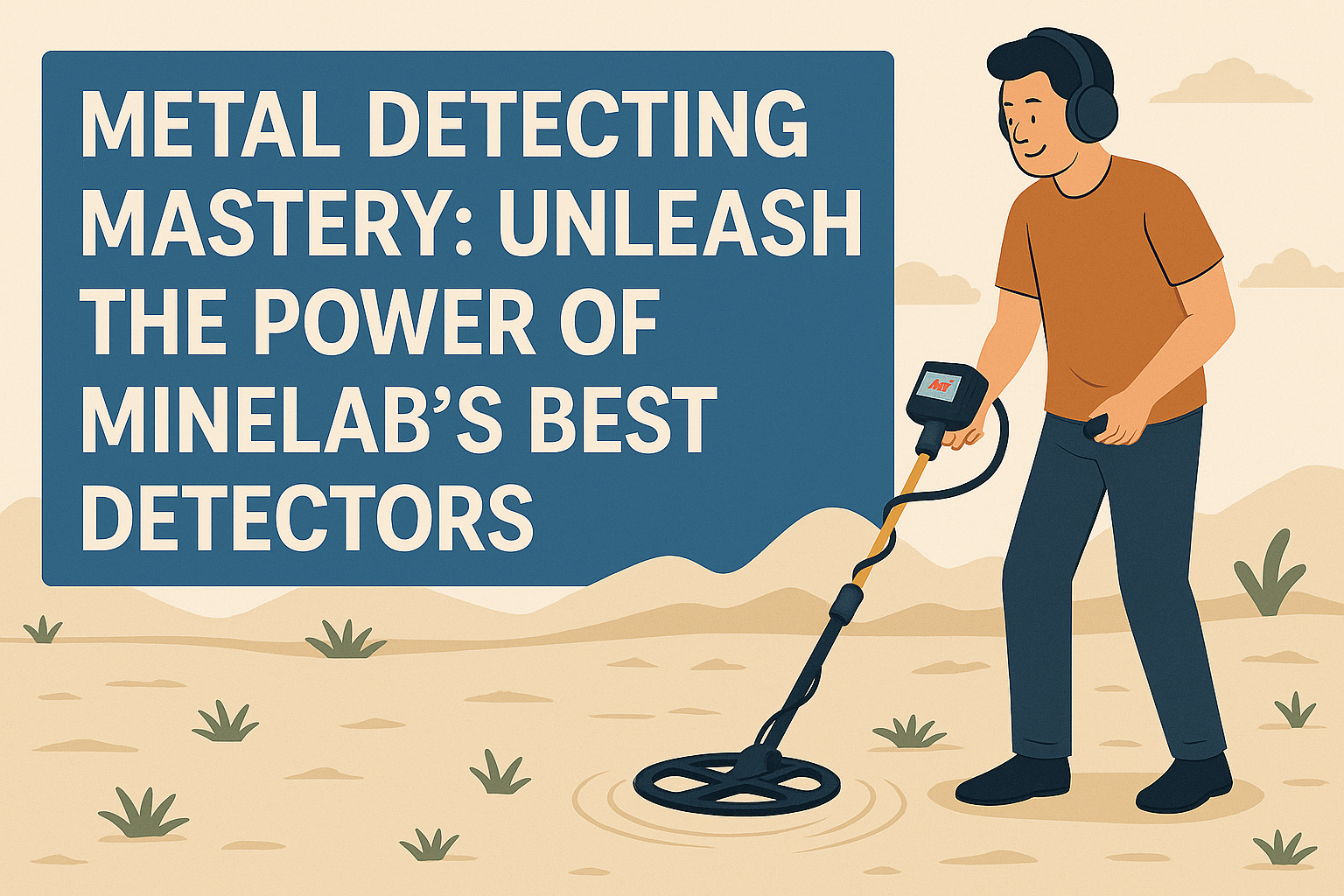

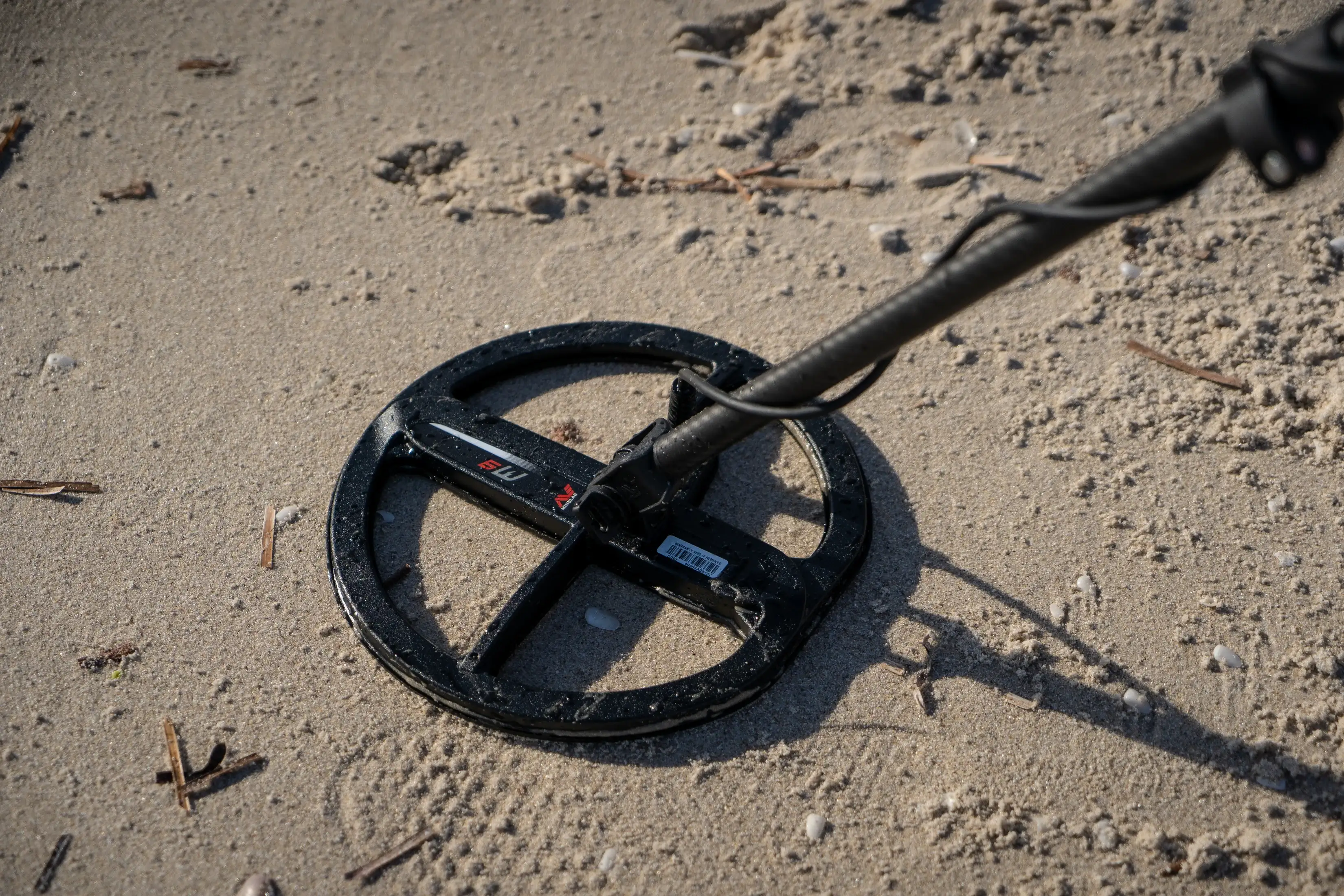
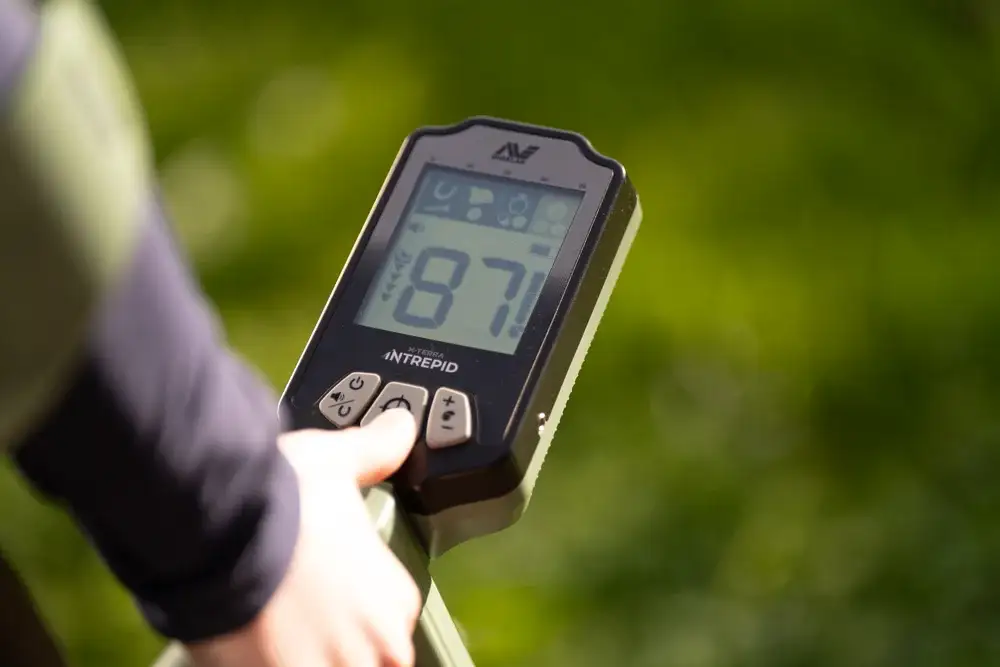
Comments